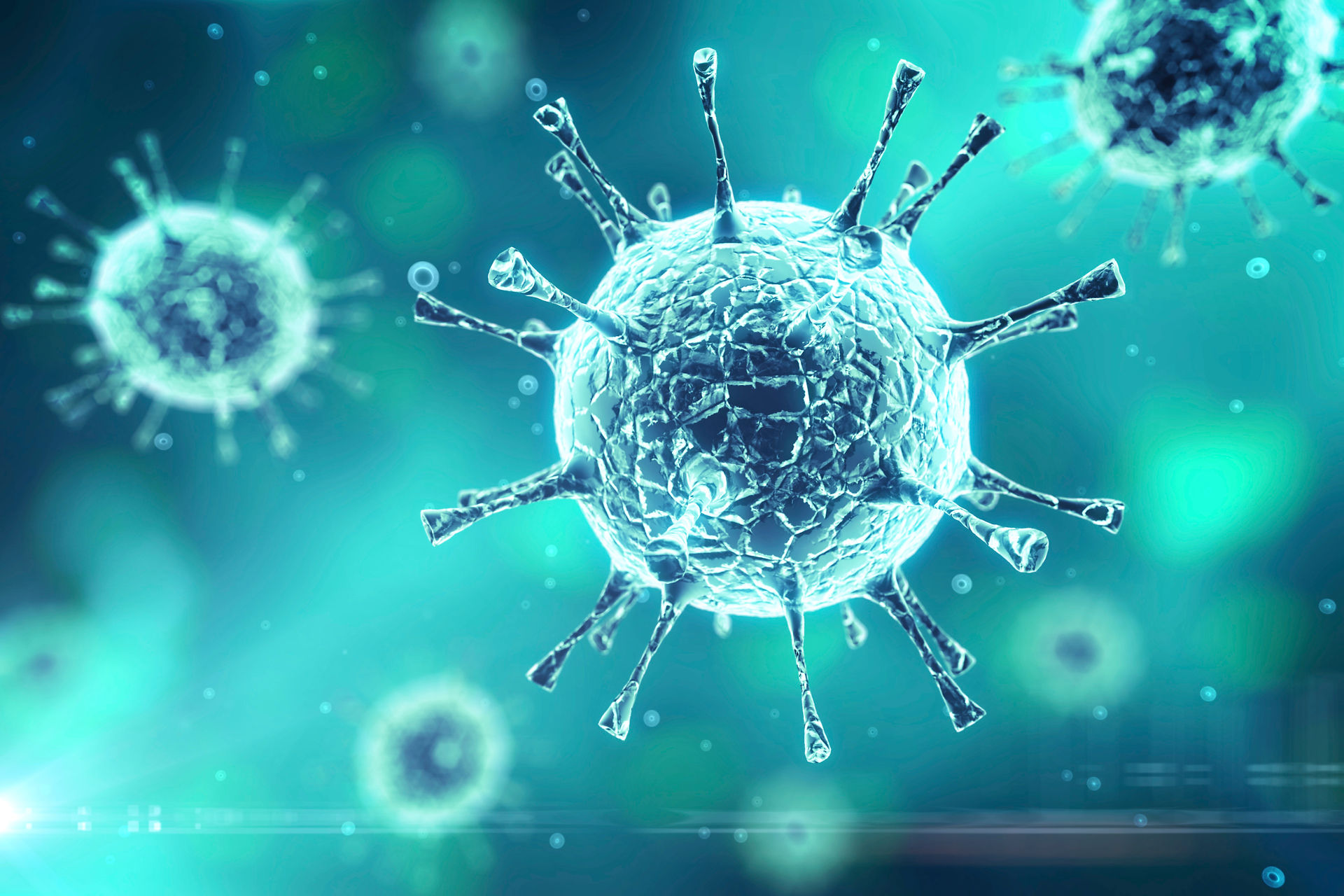

(P4.26)

(P4.25)

(P4.26)
Another approach to creating biofuels using synthetic biology is proposed by the Harvard Wyss Institute. In one path that Wyss researchers are pursuing, they are drawing genetic from a bacterium called Chloroflexus aurantiacus that lives in hot springs and carries out photosynthesis much more efficiently than the vast majority of plants on Earth. The Wyss’s goal is to insert the genes from C. aurantiacus responsible for their unique photosynthesis into E. coli, hoping to turn it from a bacterium that cannot make its own food, into one that can. Succeeding in this quest means E. coli could become an efficient photosynthetic "engine" that the team can use to generate any number of sustainable products, including biofuel and in other clean energy applications, as well as bioplastics and biopharmaceutical production (4.22, 4.23, 4.24).
When the deadly, pathogenic Ebola outbreak in West Africa became a global headline, the Ebola sensor was developed by Wyss Institute Postdoctoral Fellow Alex Green, Ph.D., co–inventor of the toehold switch regulator and lead author of its report. Due to its relatively easy assembly and fast modeling ability, Dr. Green was eager to test the paper–based platform as an operating system for the toehold switch, which he had initially developed for programming gene expression in living cells.
The toehold switch works as such an accurate biosensor because it can be programmed to only react with specific, intended targets, producing true "switch" behavior with an unprecedented ability to turn on targeted gene expression. It can be programmed to precisely detect an RNA signature of virtually any kind and then turn on production of a specific protein (4.29).
Bio-Applications
Clean Energy: Biofuels
Biosensors
New achievements in synthetic biology by researchers at the Wyss Institute for Biologically Inspired Engineering will allow complex cellular recognition reactions to proceed outside of living cells, which will dare scientists to dream big: there could one day be inexpensive, shippable and accurate test kits that use saliva or a drop of blood to identify specific disease or infection — a feat that could be accomplished anywhere in the world, within minutes and without laboratory support, just by using a pocket–sized paper diagnostic tool.
How does this Biosensor Work?

(P4.22)

(P4.22)
As proof of the concept of paper-based diagnostics and biosensors, researchers showed a variety of effective tools, ranging from small molecule and RNA actuation of genetic switches, to rapid design and construction of complex gene circuits, to programmable paper–based diagnostics that can detect antibiotic resistant bacteria and even Ebola virus.
The Ebola sensor was created by using the paper–based method and utilized an innovative gene regulator called a "toehold switch.” Although its inventors had designed the toehold switch to regulate genes inside living cells, its function was easily transferred to the convenience of ordinary freeze–dried paper, showcasing the true robustness of both the freeze–dried paper technique and the toehold switch.
Learn about the toehold switch mechanism in the Wyss Institute's video about biosensors!
(V4.7)
(V4.6)

(P4.23)

(P4.24)

(P4.23)
Biofuels are produced from living organisms or from metabolic by-products rather than through geological processes, such as fossil fuels. In order to be considered a biofuel the fuel must contain over 80 percent renewable materials. Synthetic Biology is being used in two distinct processes for biofuels production. The first area of research and development is focused on using synthetic enzymes to break down cellulosic biomass into fermentable sugars for fuel, while the second is focused on creating or engineering microbes that produce useable biofuel directly.
Enzymes, which are special proteins that speed up reactions between cells, are being engineered with synthetic DNA and incorporated into microbes that are being developed in labs. These microbes are being designed to break down certain types of biomass, such as wood chips, corn stalks. They are also designed to increase the rate at which the biomass can be broken down into sugars that can then be fermented into ethanol or other types of fuels. Synthetic biologists hope to engineer the microorganisms they are experimenting with for biofuel production so that the oil they produce is chemically similar or identical to the oils that are currently used in today’s transportation and energy infrastructure. These microbes would become “living chemical factories” that can be engineered to pump out almost any type of fuel or industrial chemical. Imagine how low gasoline prices would be if everyone had their own microbes to break down cornstalks into fuel!

(P4.27)

(P4.27)

(P4.28)

(P4.28)

(P4.29)

(P4.29)